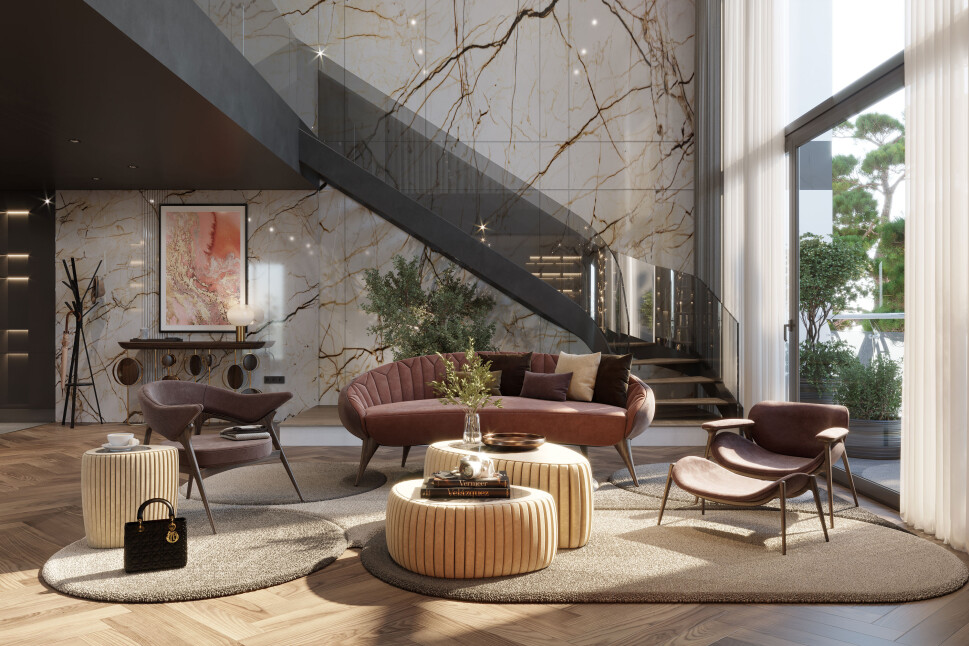
Small spaces can often feel cramped and limiting, but with the right design approach, they can become cozy, functional, and even visually spacious. It’s all about using clever design techniques and strategic planning to make the most of every inch 新樓裝修. Whether you’re working with a studio apartment, a compact bedroom, or a tiny living room, these interior design hacks will help you maximize your small space without compromising on style or comfort.
1. Use Multi-Functional Furniture
One of the best ways to maximize a small space is by incorporating multi-functional furniture. Furniture pieces that serve more than one purpose help save space while maintaining functionality. For instance, a sofa bed can serve as both seating and sleeping space, while a coffee table with hidden storage can keep clutter at bay. Ottomans that double as storage units or desks that fold away when not in use are great options for tiny homes. By carefully selecting furniture that offers flexibility, you can avoid overcrowding the room and ensure every piece adds value to the space.
2. Embrace Vertical Storage Solutions
When floor space is limited, it’s time to look up! Vertical storage solutions can dramatically increase your storage capacity without taking up much-needed room. Shelving units that extend to the ceiling, hanging cabinets, and wall-mounted hooks or racks can help you make use of vertical space efficiently. In small kitchens, for example, hanging pots and pans or installing floating shelves for spices and utensils can keep countertops clear. In living rooms or bedrooms, tall bookcases or mounted shelves offer practical storage and display space while freeing up the floor for other uses.
3. Opt for Light Colors and Reflective Surfaces
Color plays a crucial role in how a space feels, especially in smaller areas. Light colors such as whites, pastels, and soft neutrals reflect more light, making rooms appear larger and more open. Dark colors, while cozy, tend to absorb light and can make a small space feel even smaller. Another trick is to use reflective surfaces like mirrors or glass. Large mirrors strategically placed can give the illusion of more space by reflecting light and creating depth. Similarly, glass coffee tables or glossy surfaces can add a sense of airiness without overwhelming the room with heavy, opaque furniture.
4. Keep it Minimalist and Clutter-Free
A minimalist design approach is essential for small spaces, where too many items can quickly make a room feel cluttered and chaotic. Stick to the essentials and prioritize quality over quantity when choosing decor or furniture. Avoid overcrowding the space with unnecessary items, and opt for streamlined designs that take up less visual space. For example, rather than having several smaller decorations, select one or two larger statement pieces. Keeping surfaces clear and organized also helps the room feel more spacious. Storage solutions like baskets, bins, and drawers can help manage clutter and maintain a clean, uncluttered look.
5. Maximize Natural Light
Natural light is a powerful tool in making any small space feel larger and more open. Whenever possible, allow natural light to flow into the room by avoiding heavy window treatments or dark curtains. Light, sheer curtains or blinds can offer privacy without blocking out daylight. You can also use reflective surfaces, such as mirrors or glossy finishes, to bounce light around the room, making it feel brighter and more spacious. For rooms that lack natural light, strategically placed lamps and lighting fixtures can help create a warm, inviting atmosphere and brighten dark corners.
6. Create Zones for Different Functions
In small spaces, it’s crucial to define areas for different activities, even if they share the same room. For example, in a studio apartment, you can create separate zones for sleeping, working, and relaxing by using furniture or rugs to delineate spaces. A bookshelf or a folding screen can serve as a divider, providing privacy between different areas while maintaining an open, airy feel. In open-plan kitchens or living spaces, an island or countertop can act as a boundary between the kitchen and dining areas. By organizing the space into distinct functional zones, you can prevent it from feeling cramped and make it easier to move around.
In conclusion, maximizing small spaces requires a combination of creativity, smart planning, and thoughtful design. By embracing multi-functional furniture, using vertical storage, keeping a minimalist mindset, and enhancing natural light, you can transform even the smallest rooms into functional, stylish, and comfortable living areas. With these clever interior design hacks, you’ll make the most of your small space without sacrificing style or comfort.
